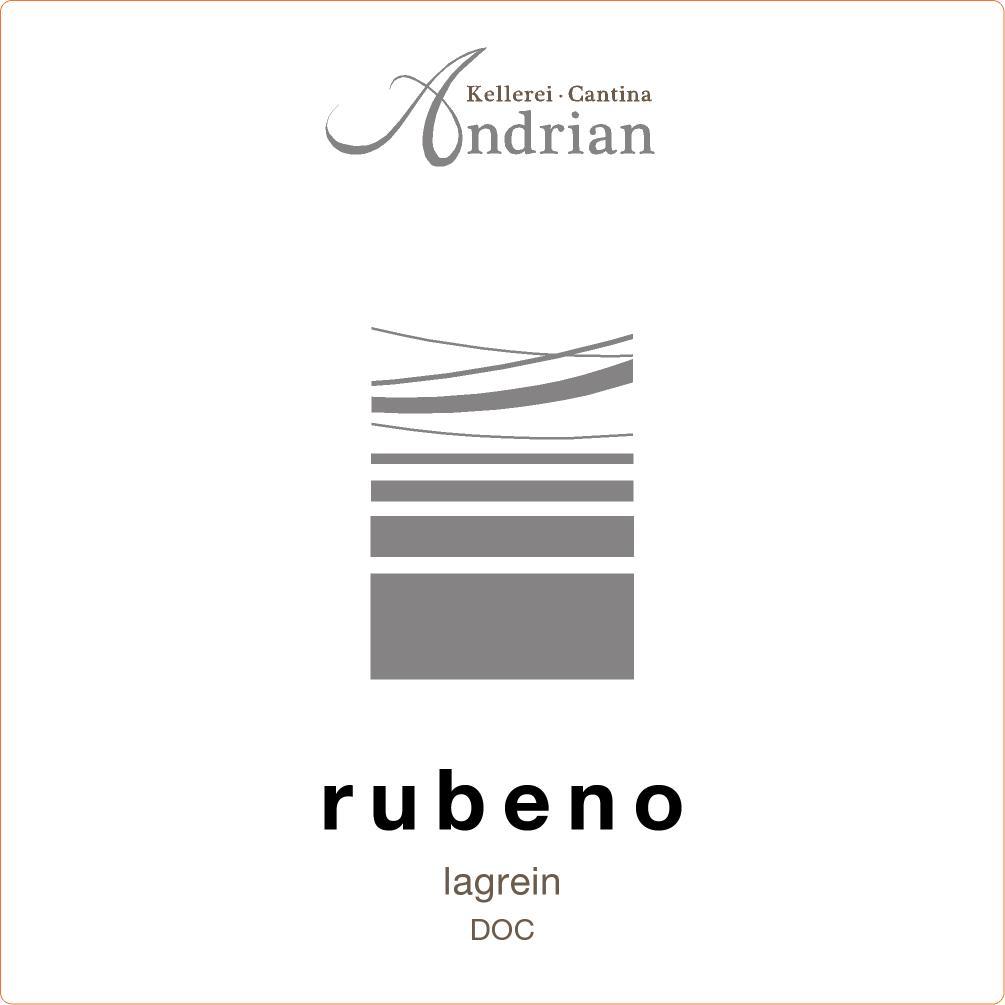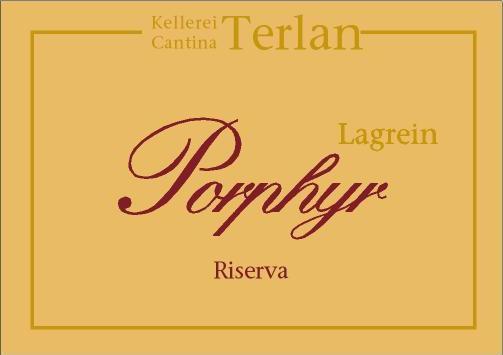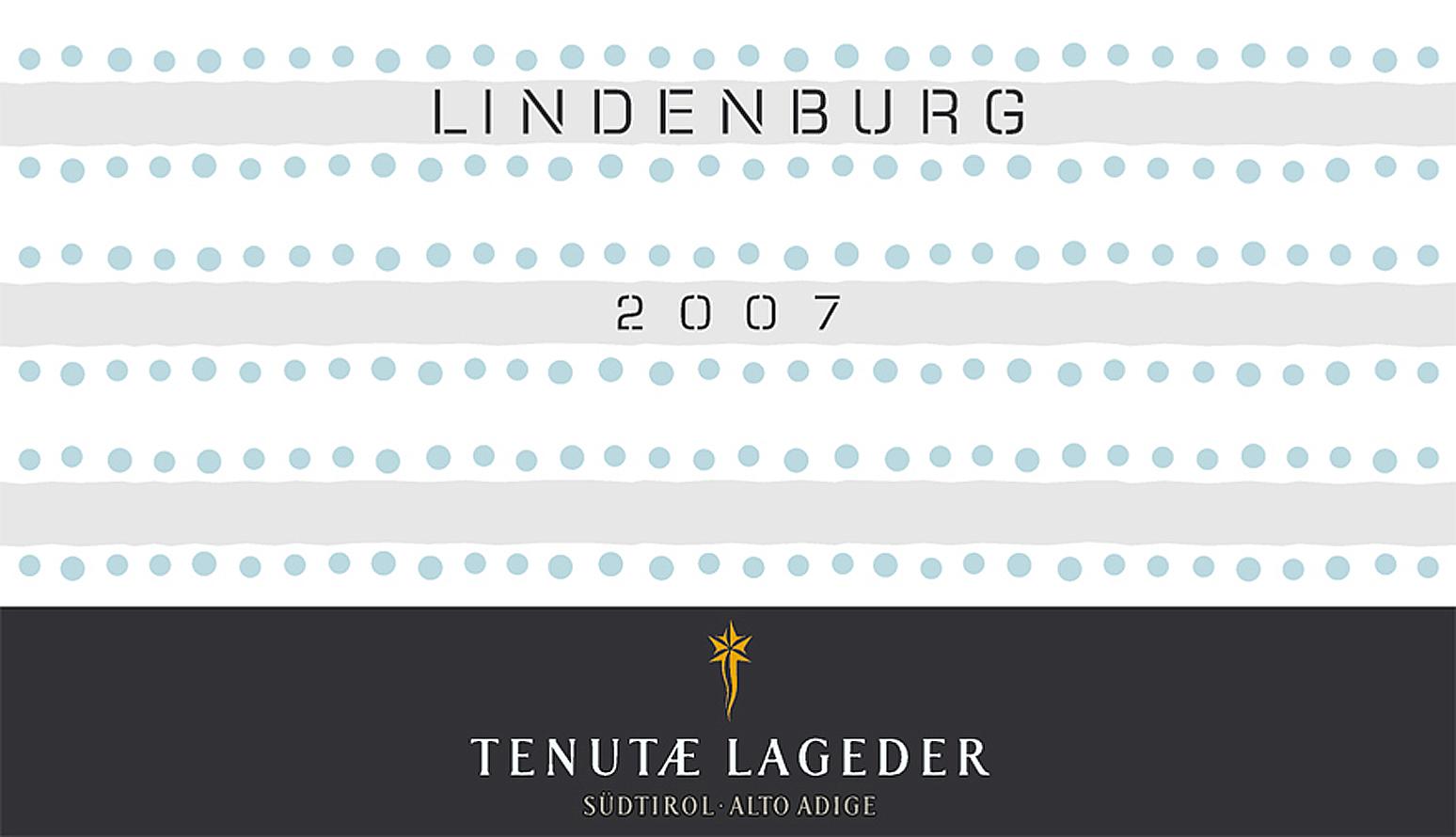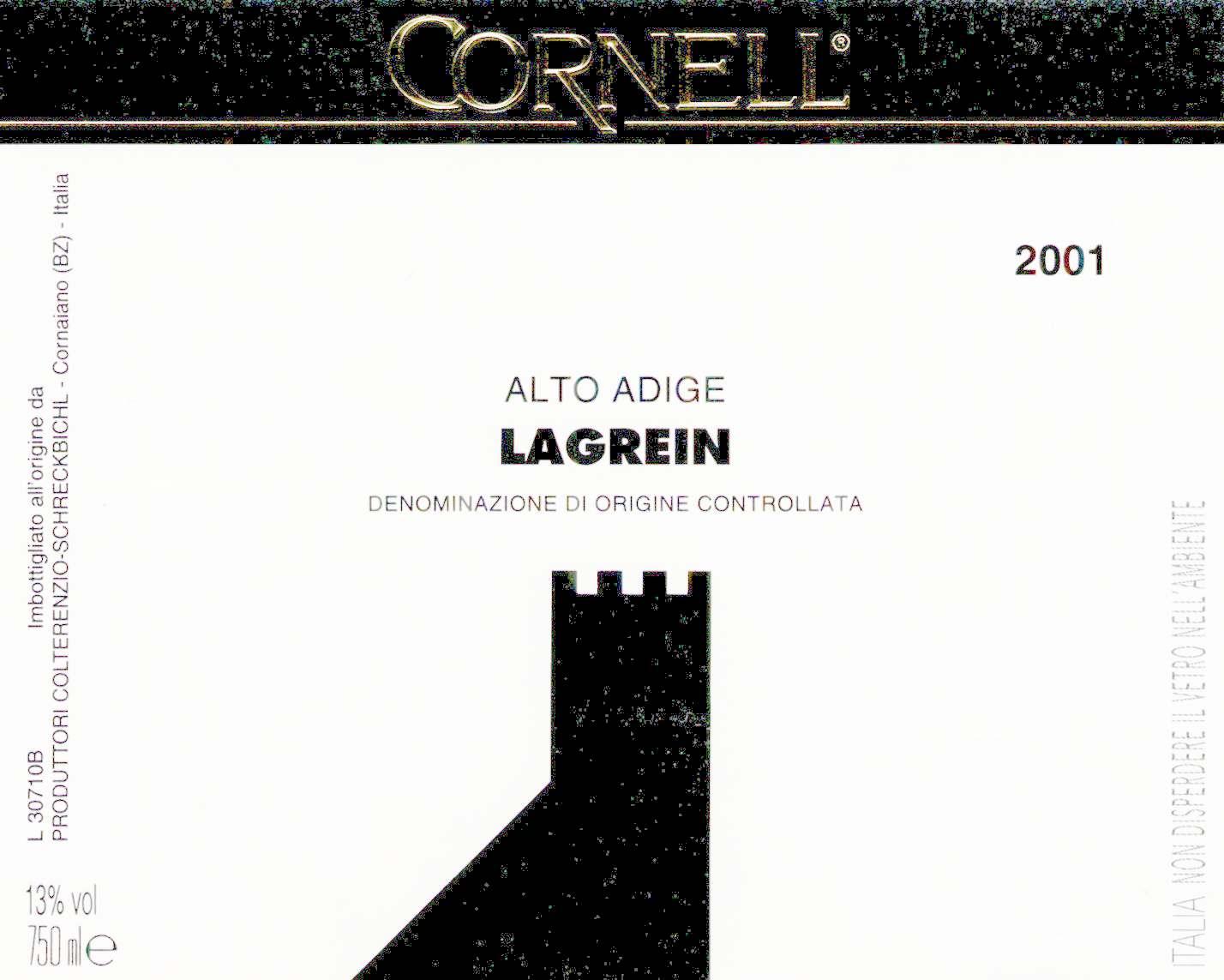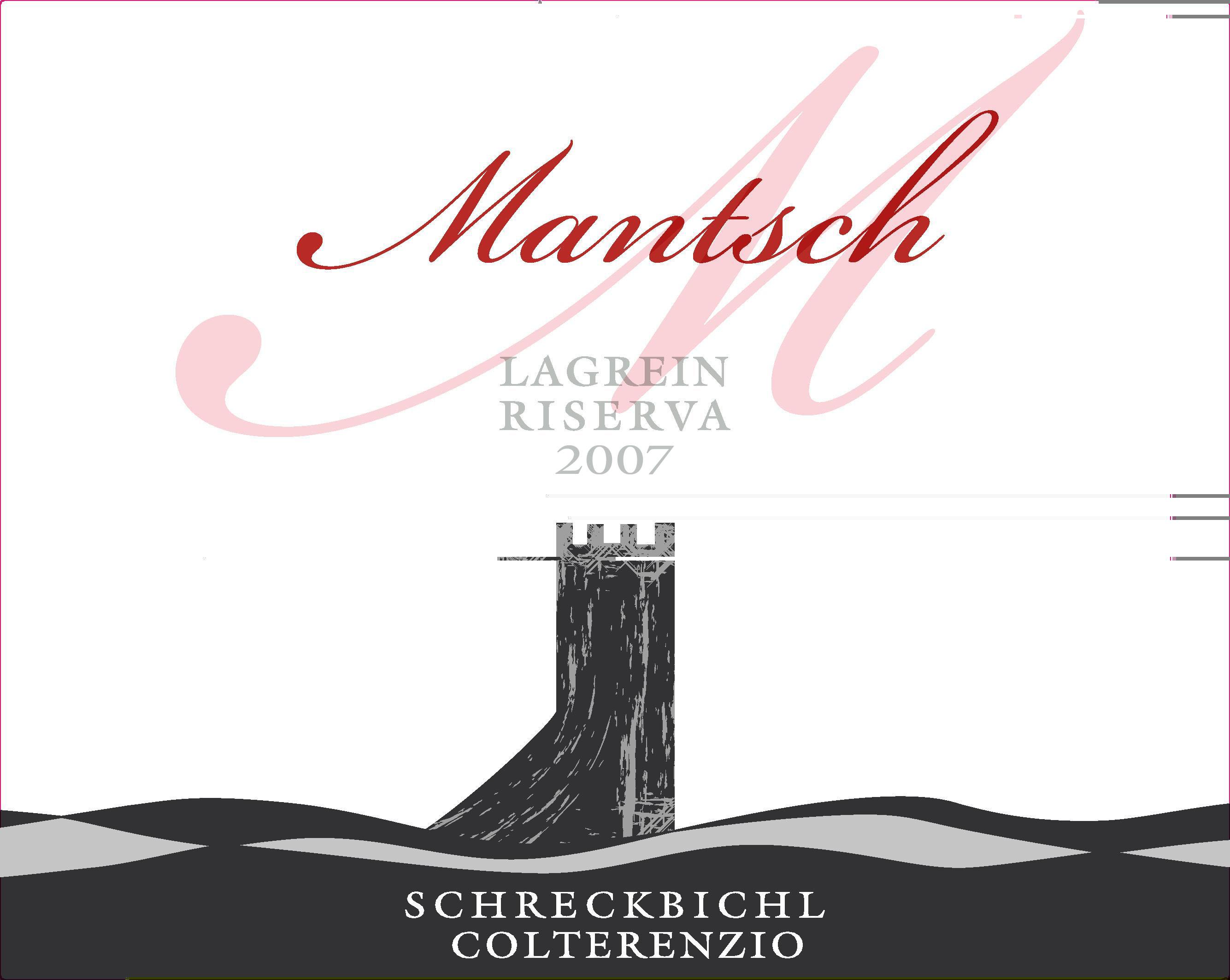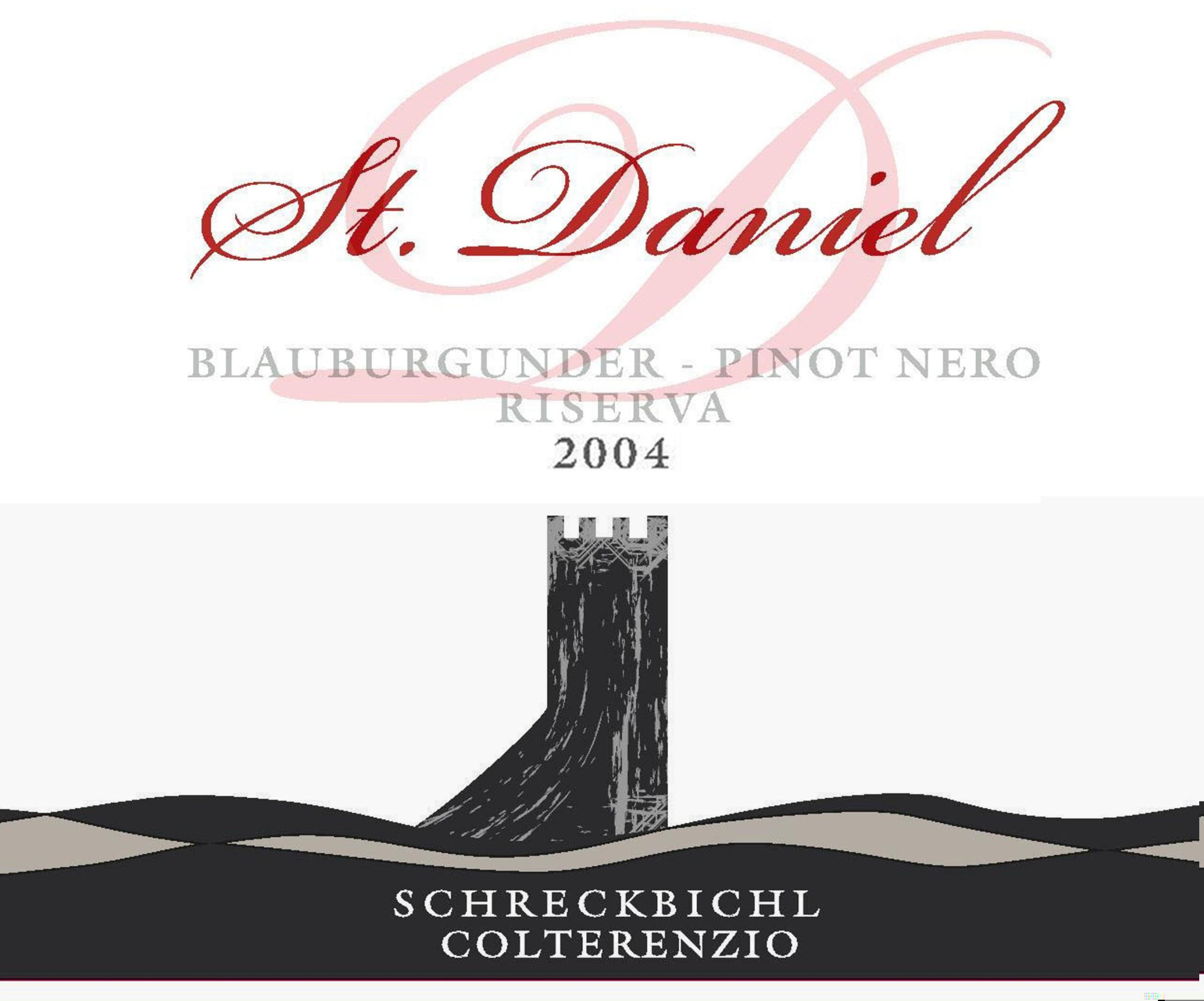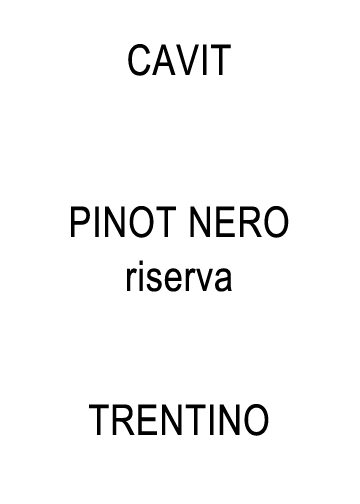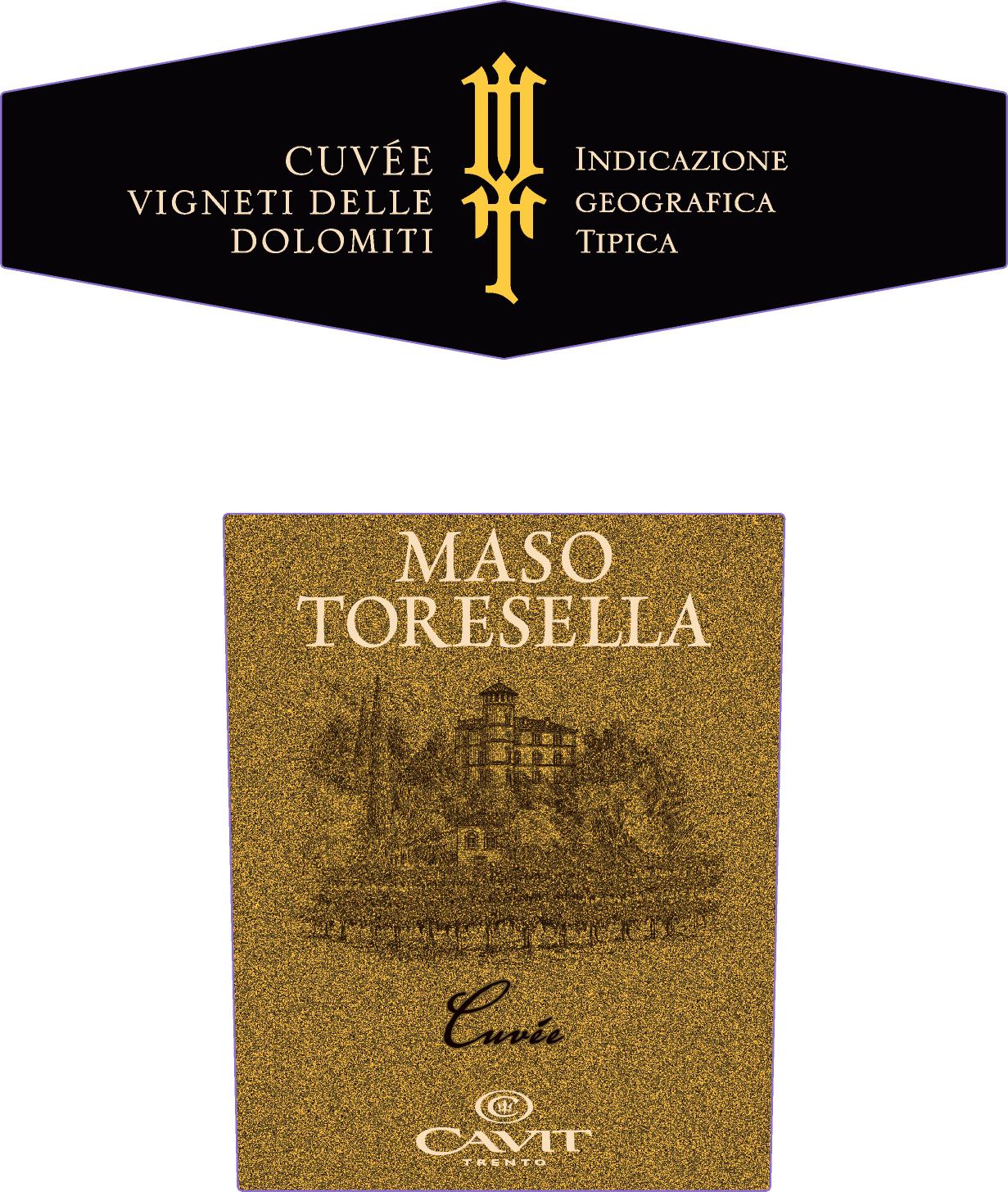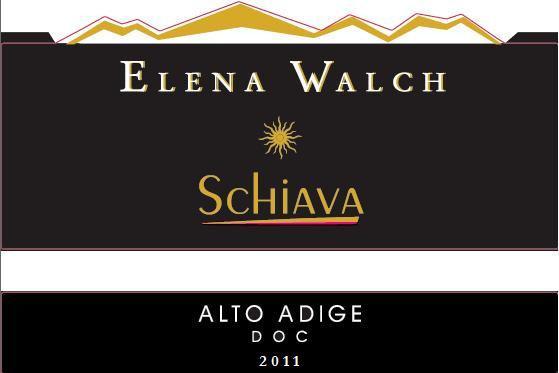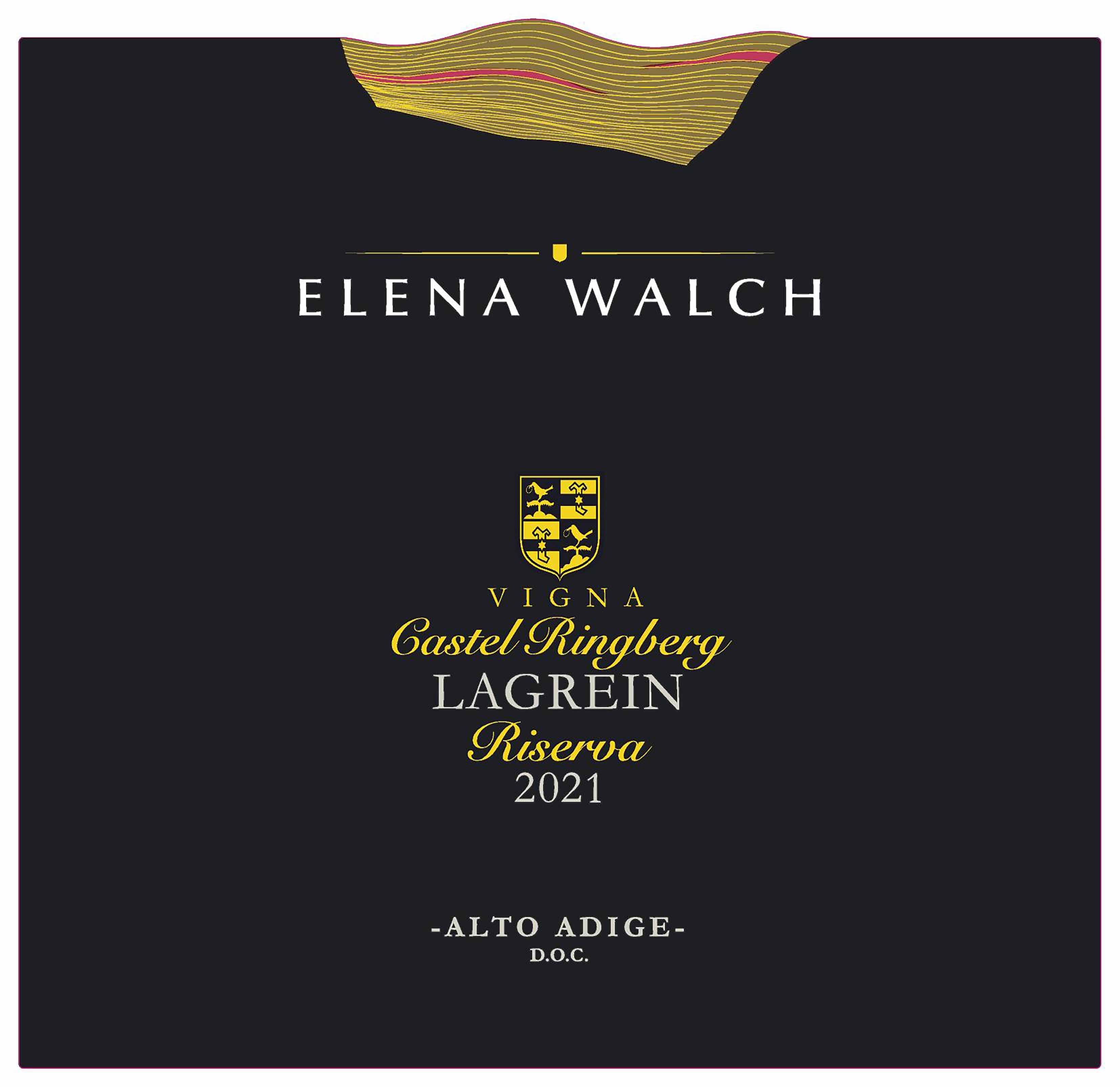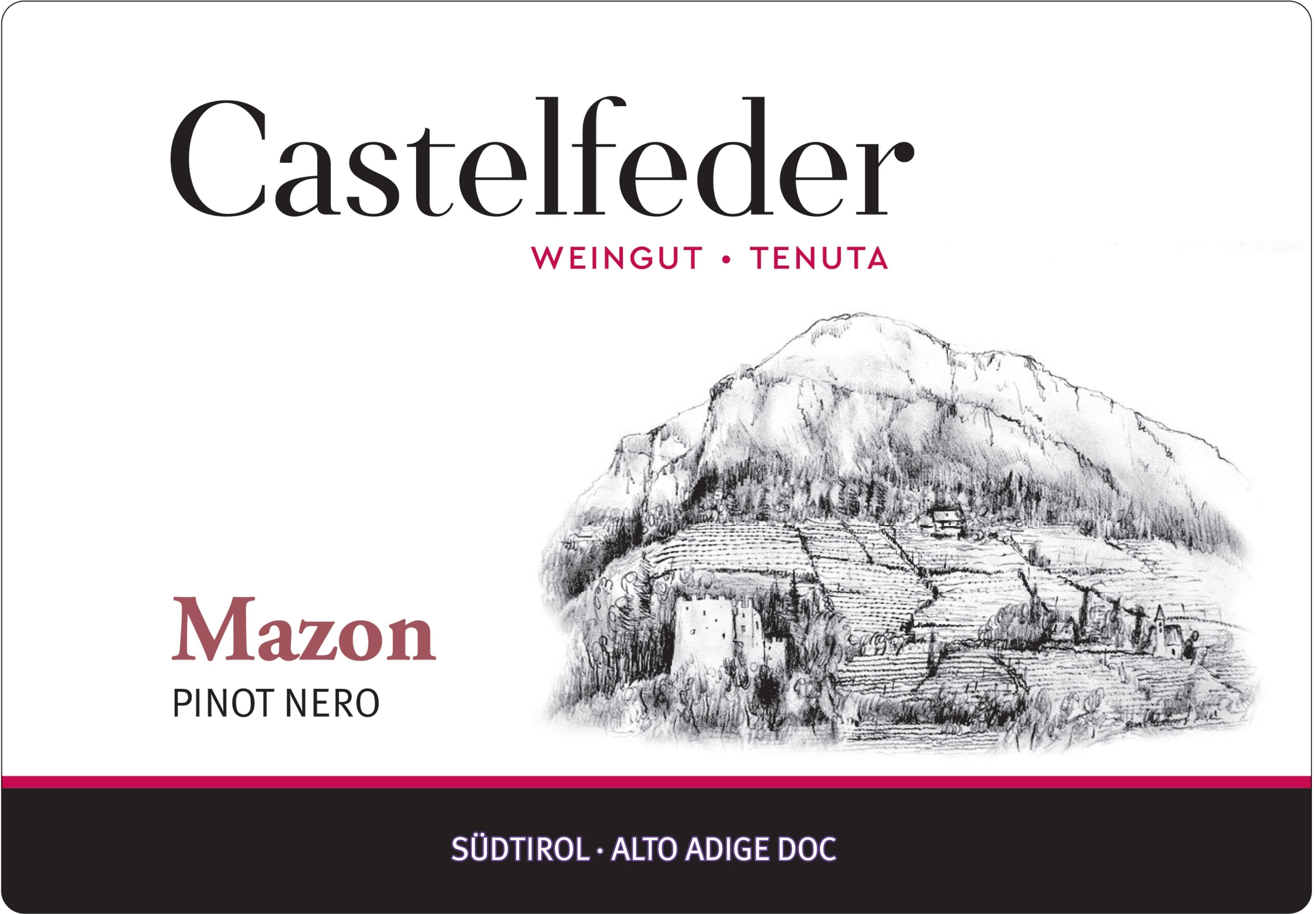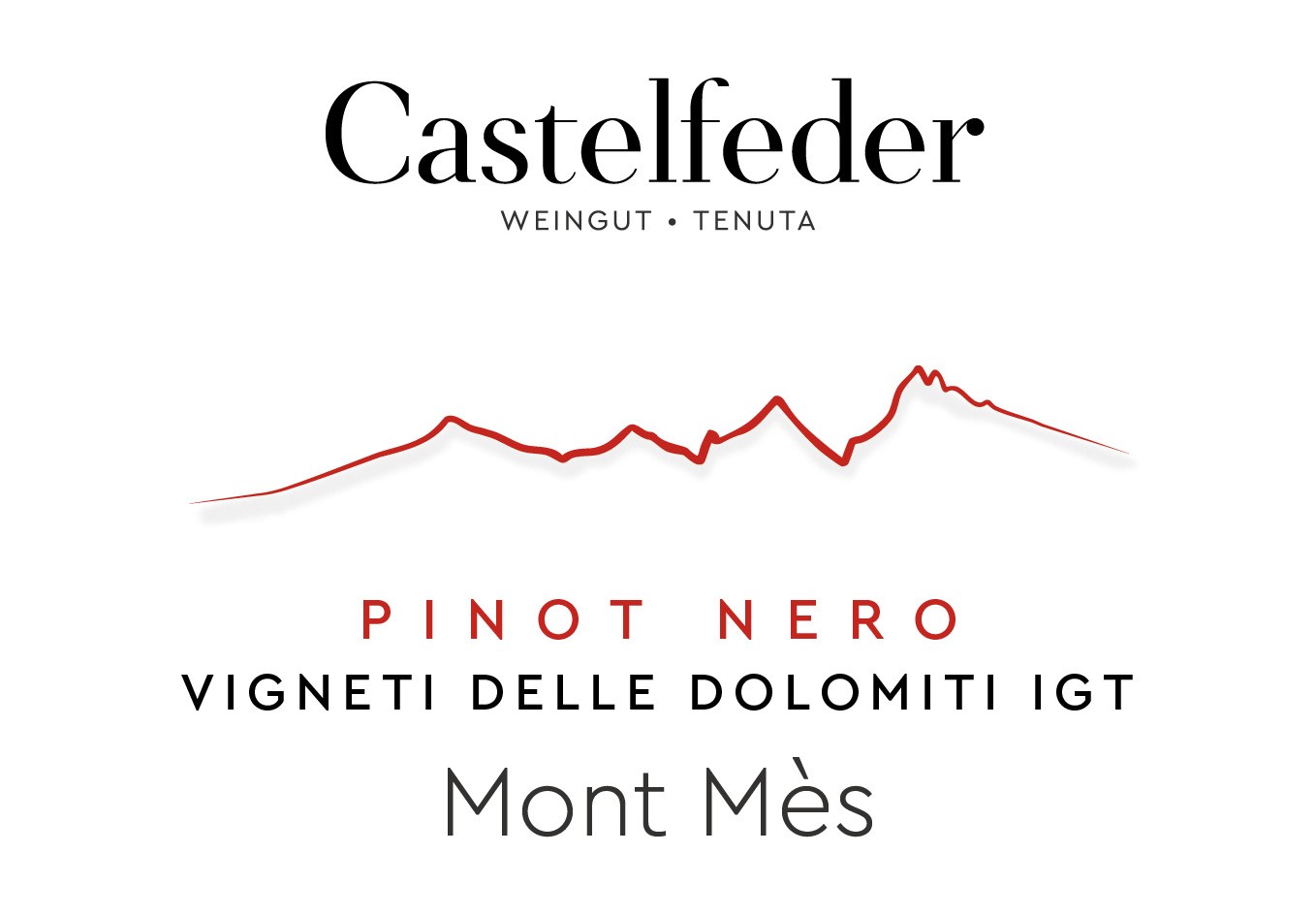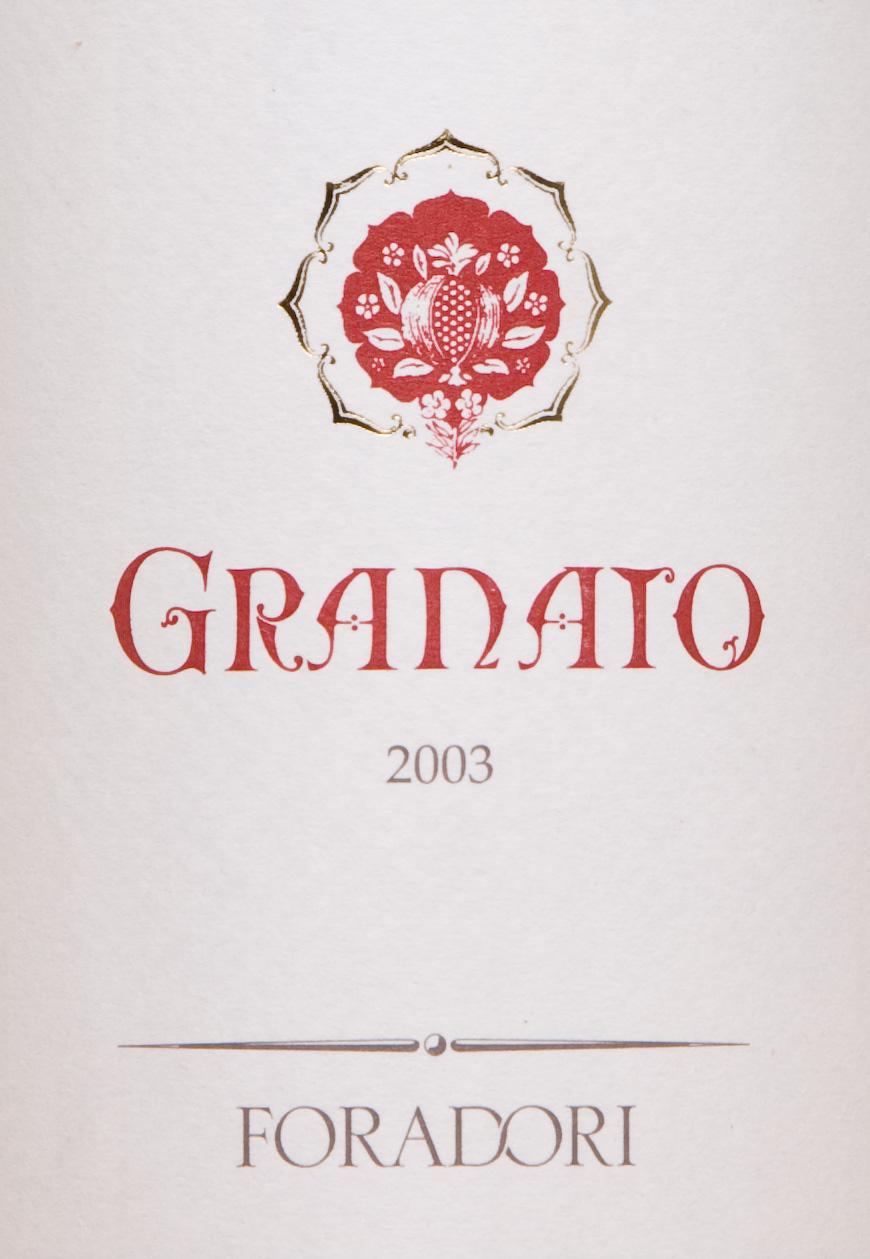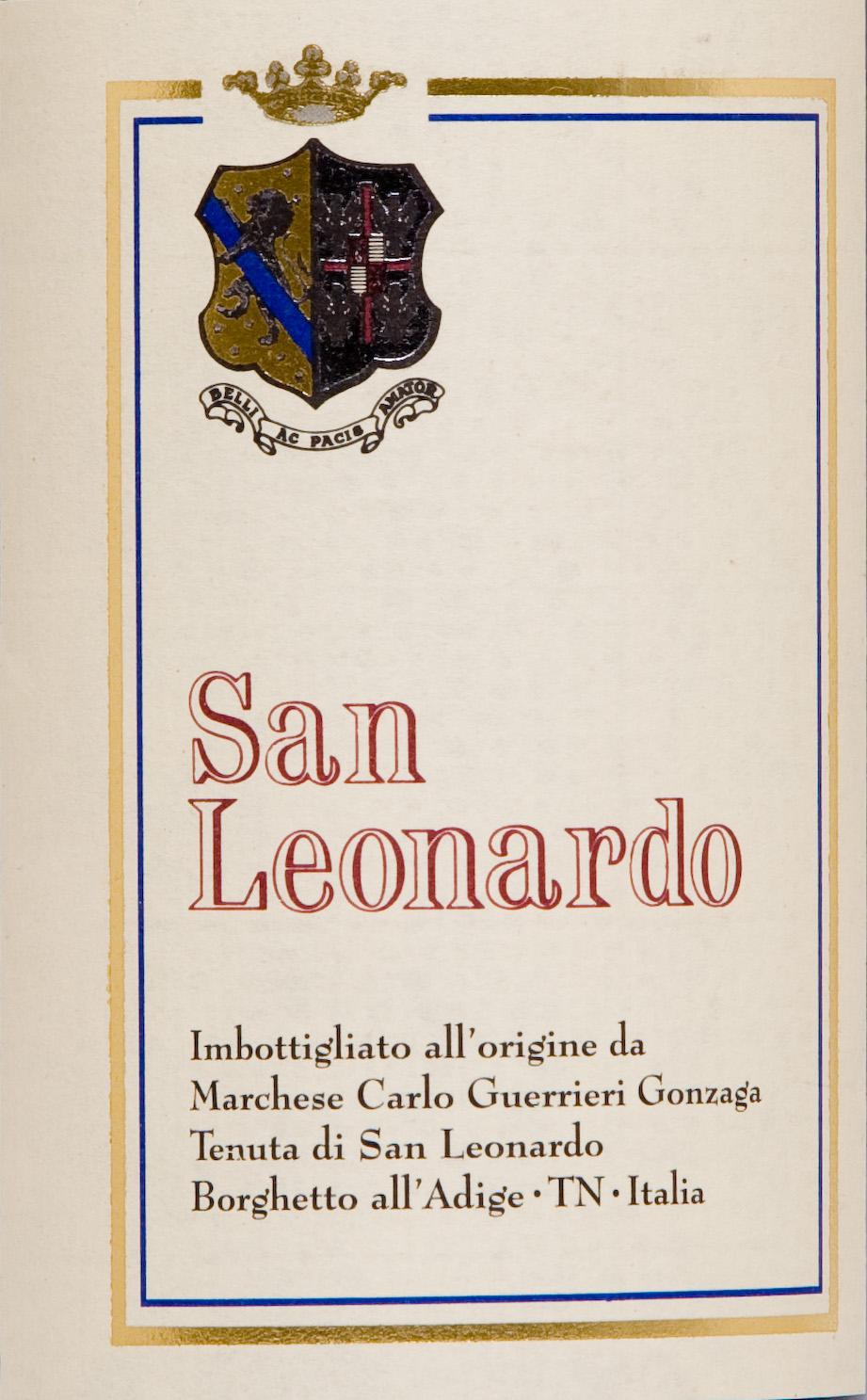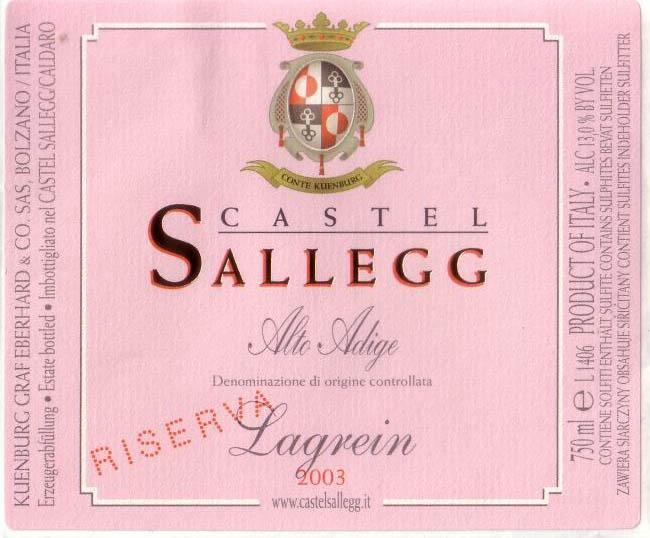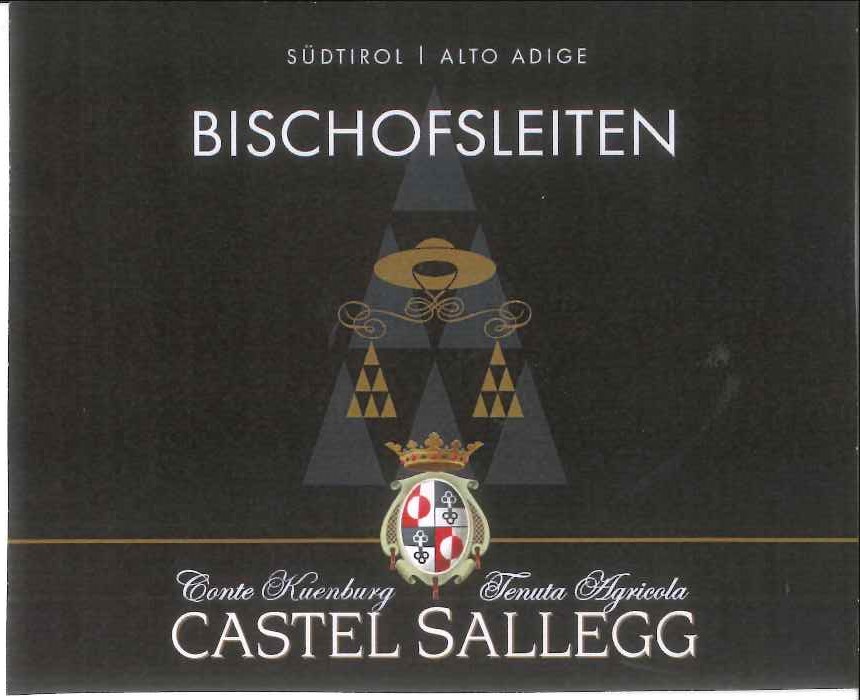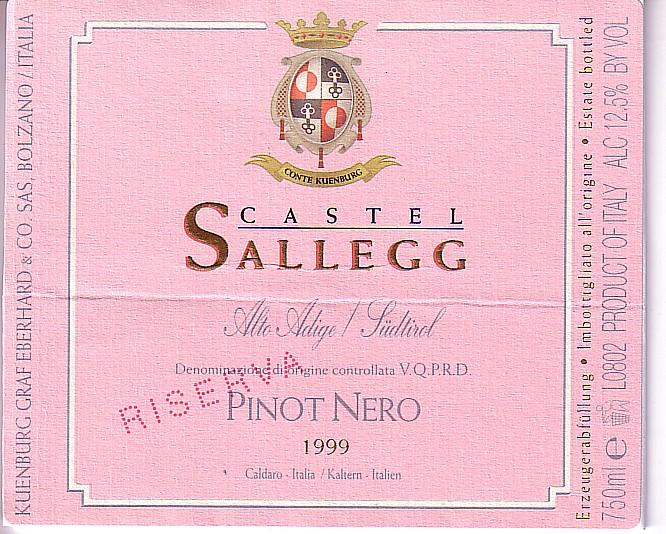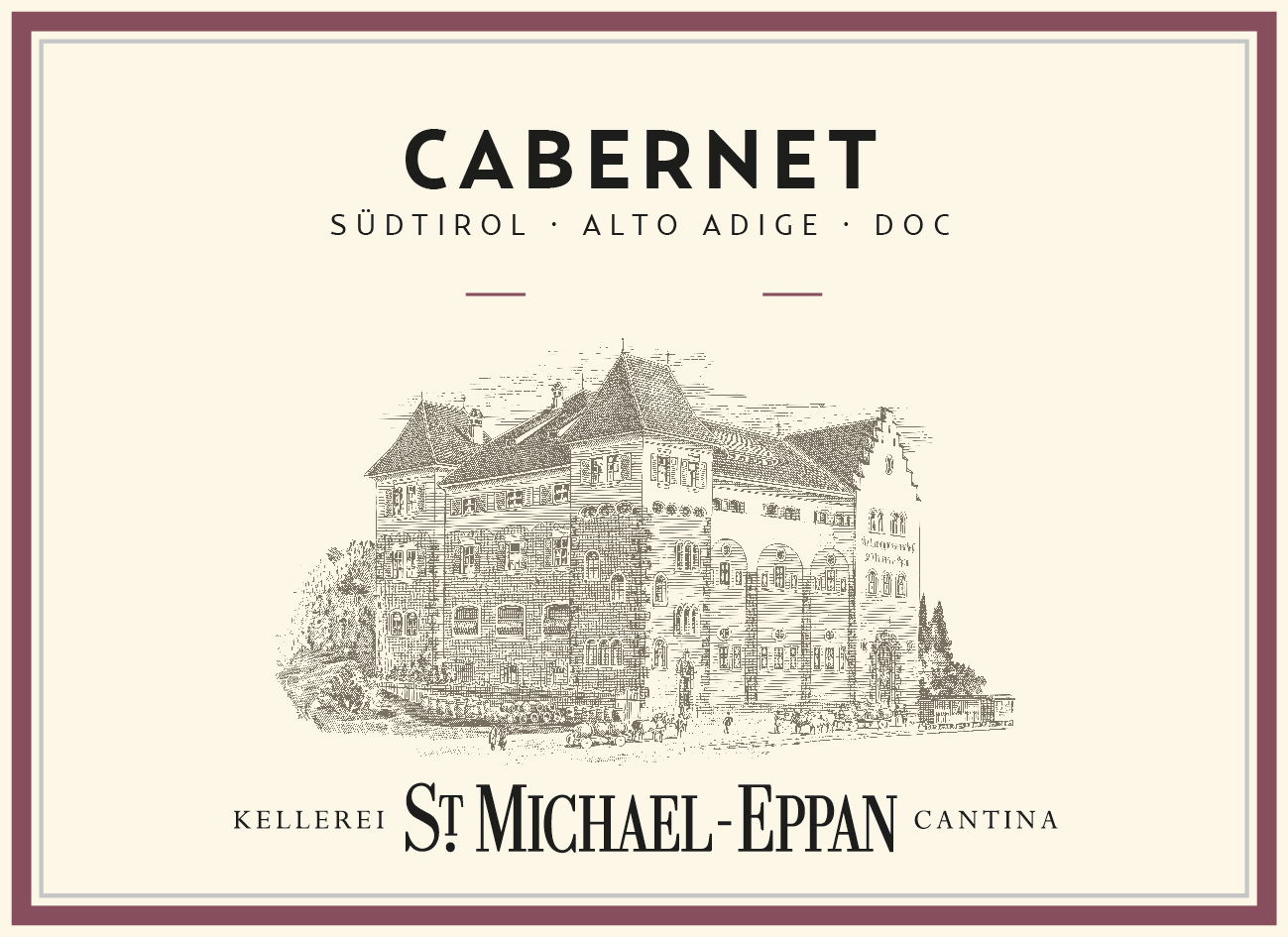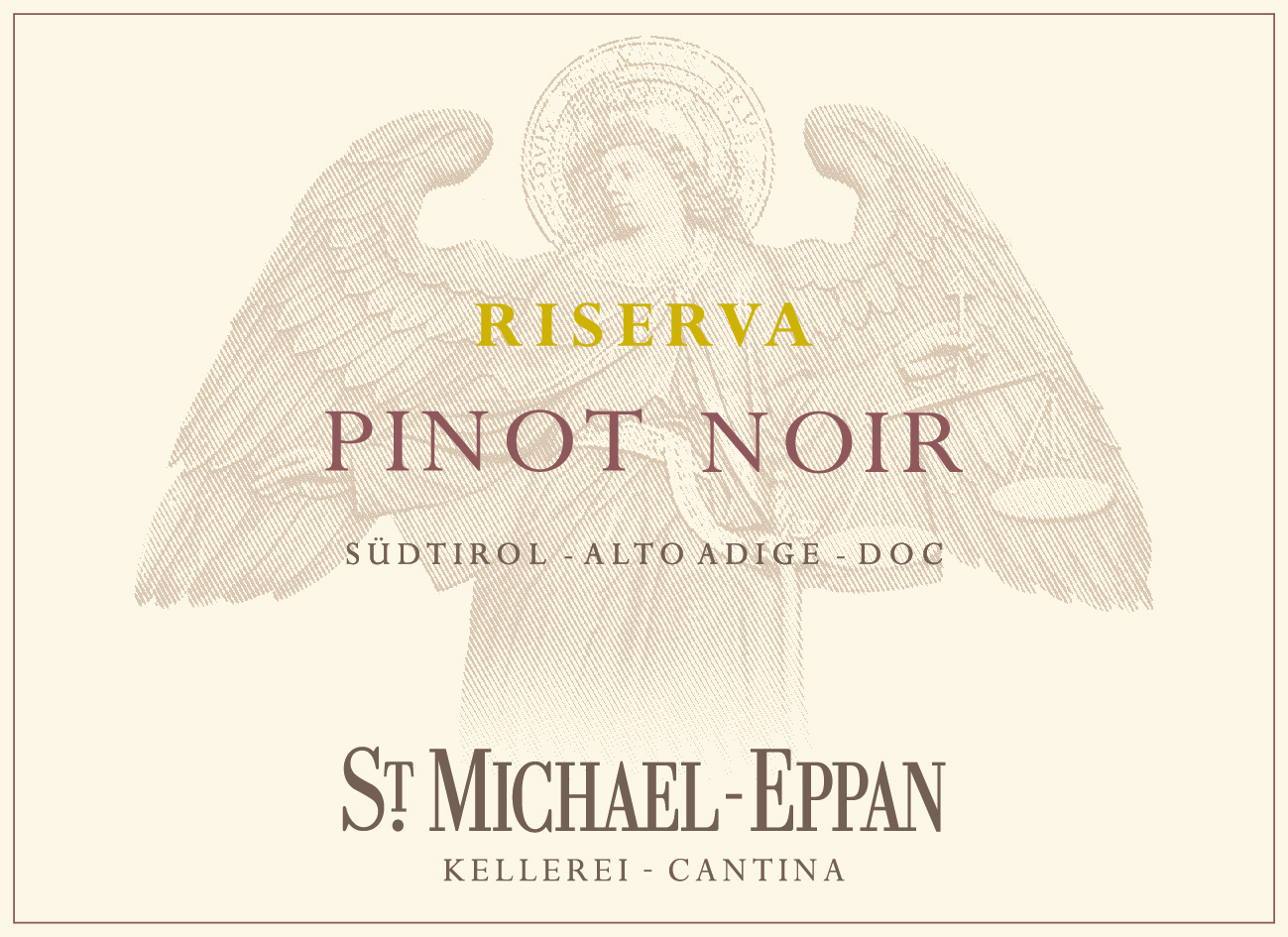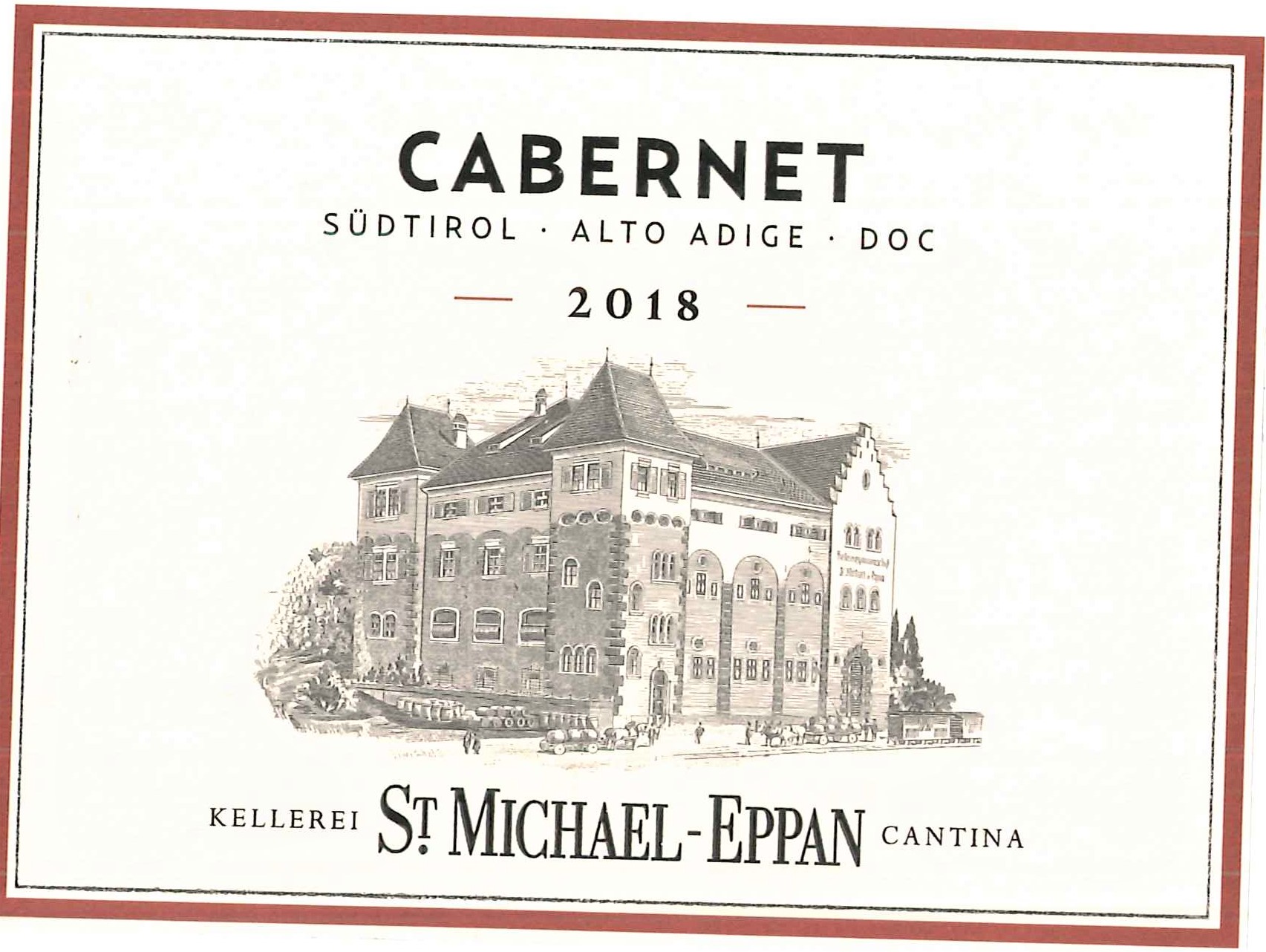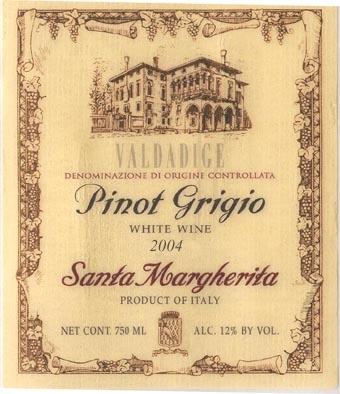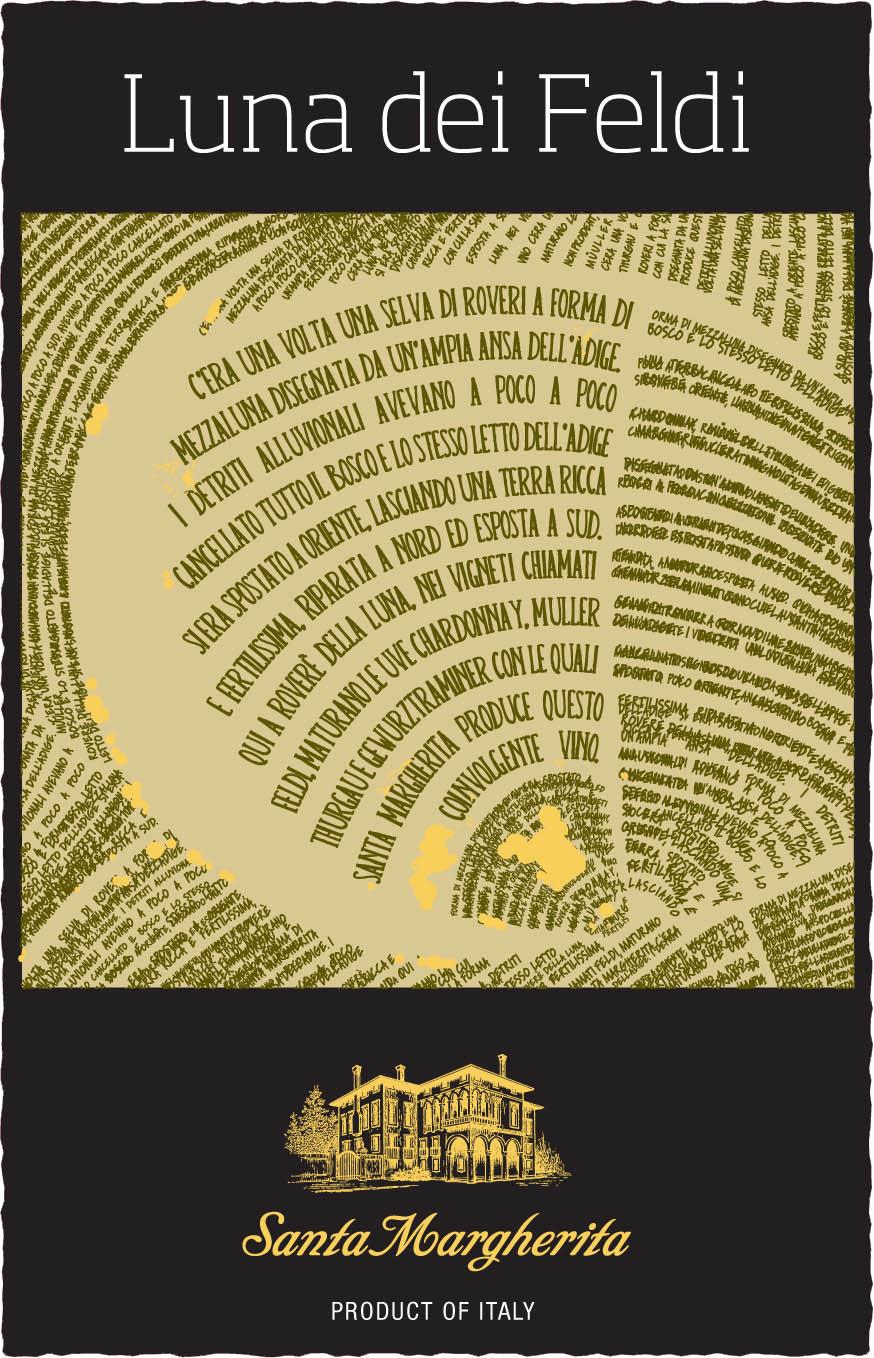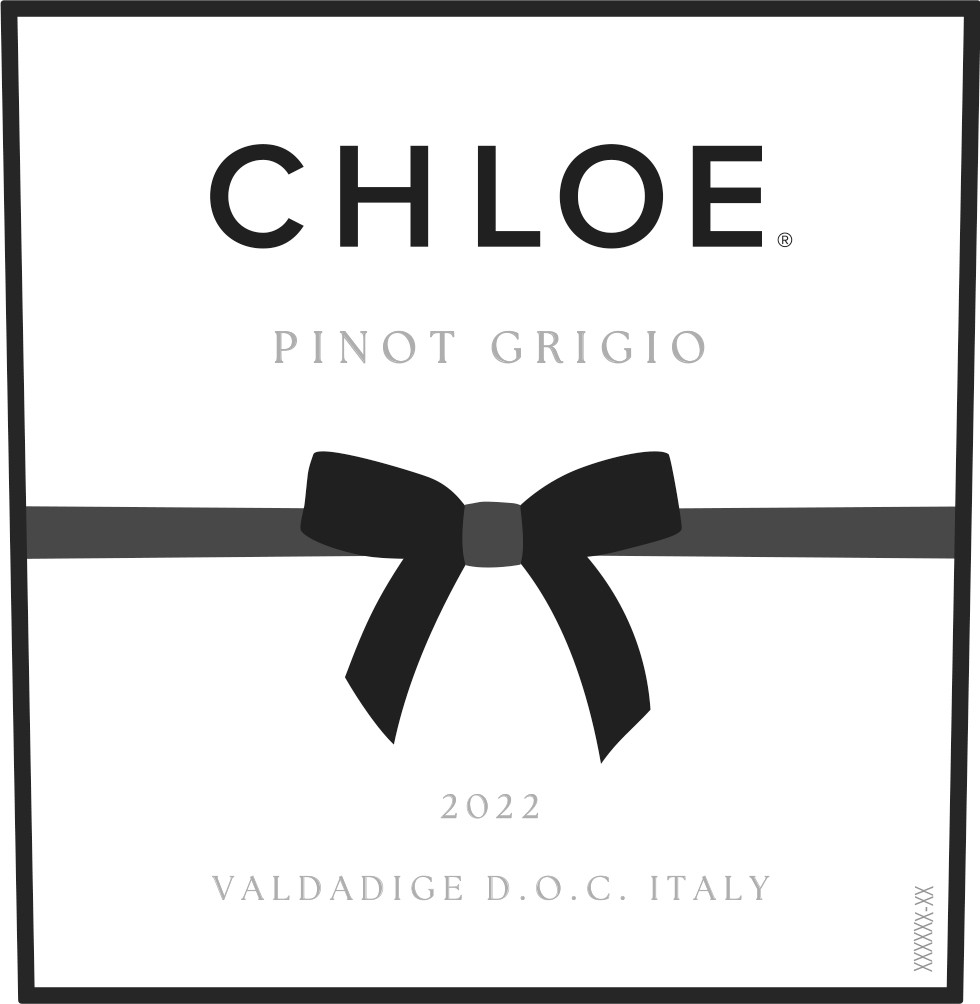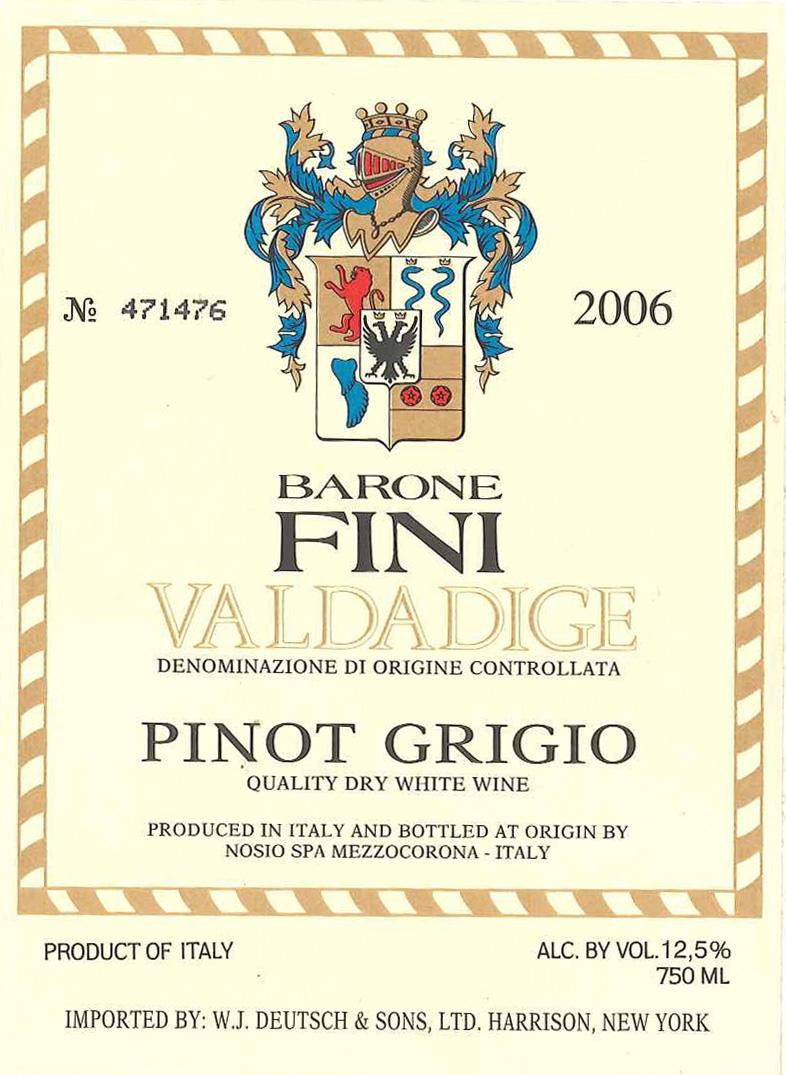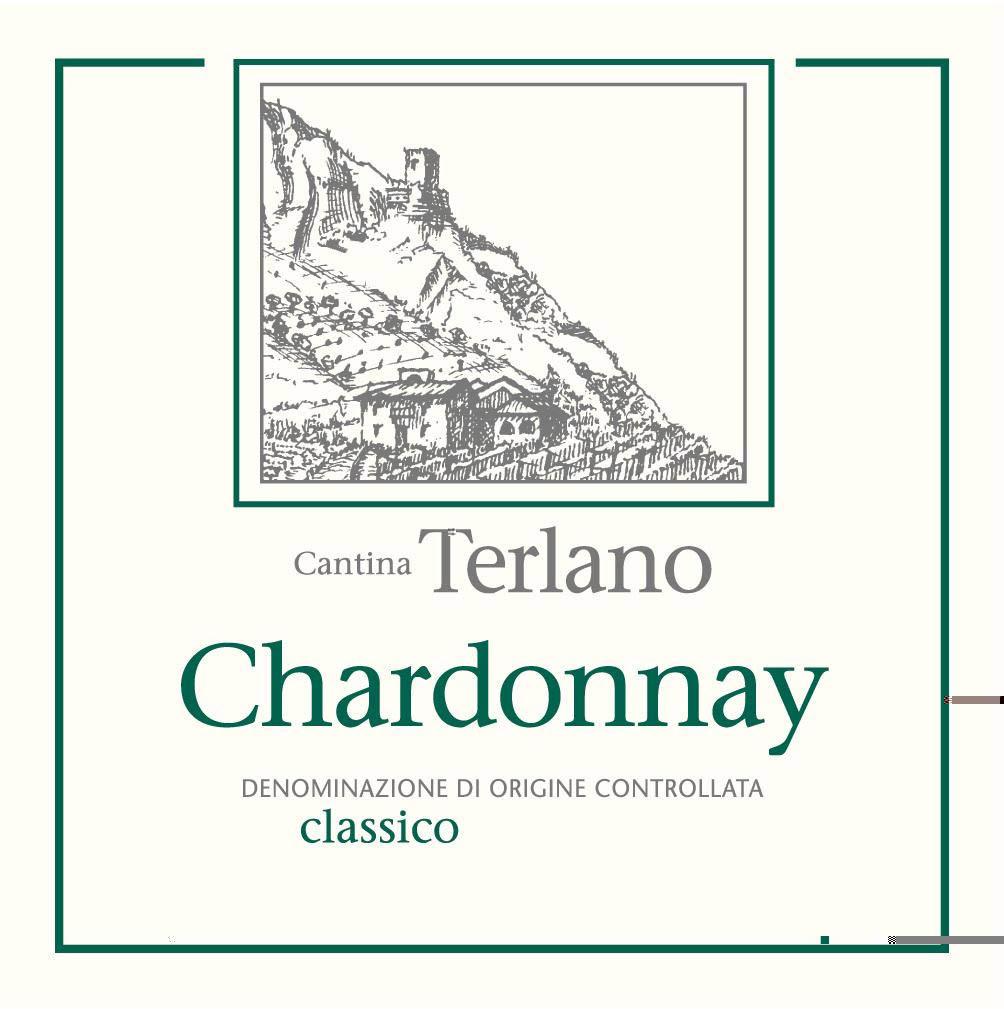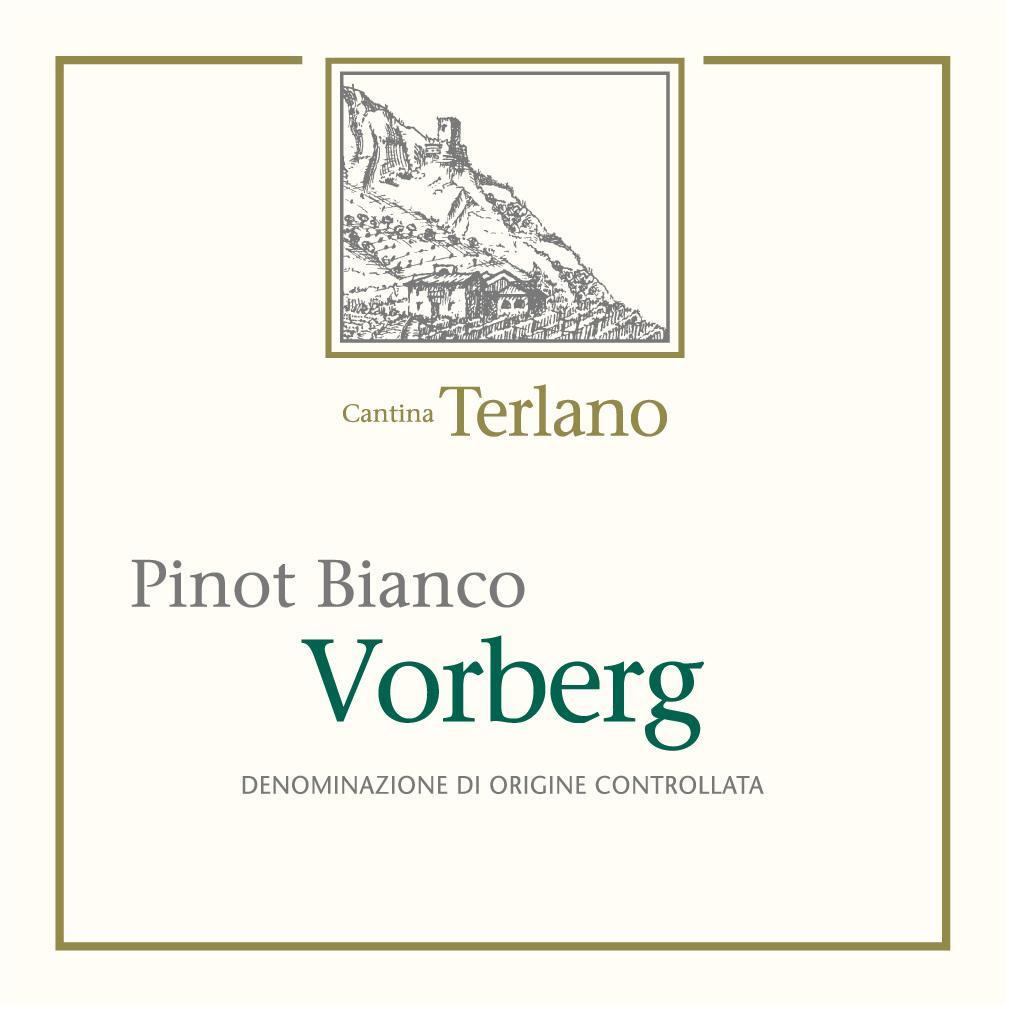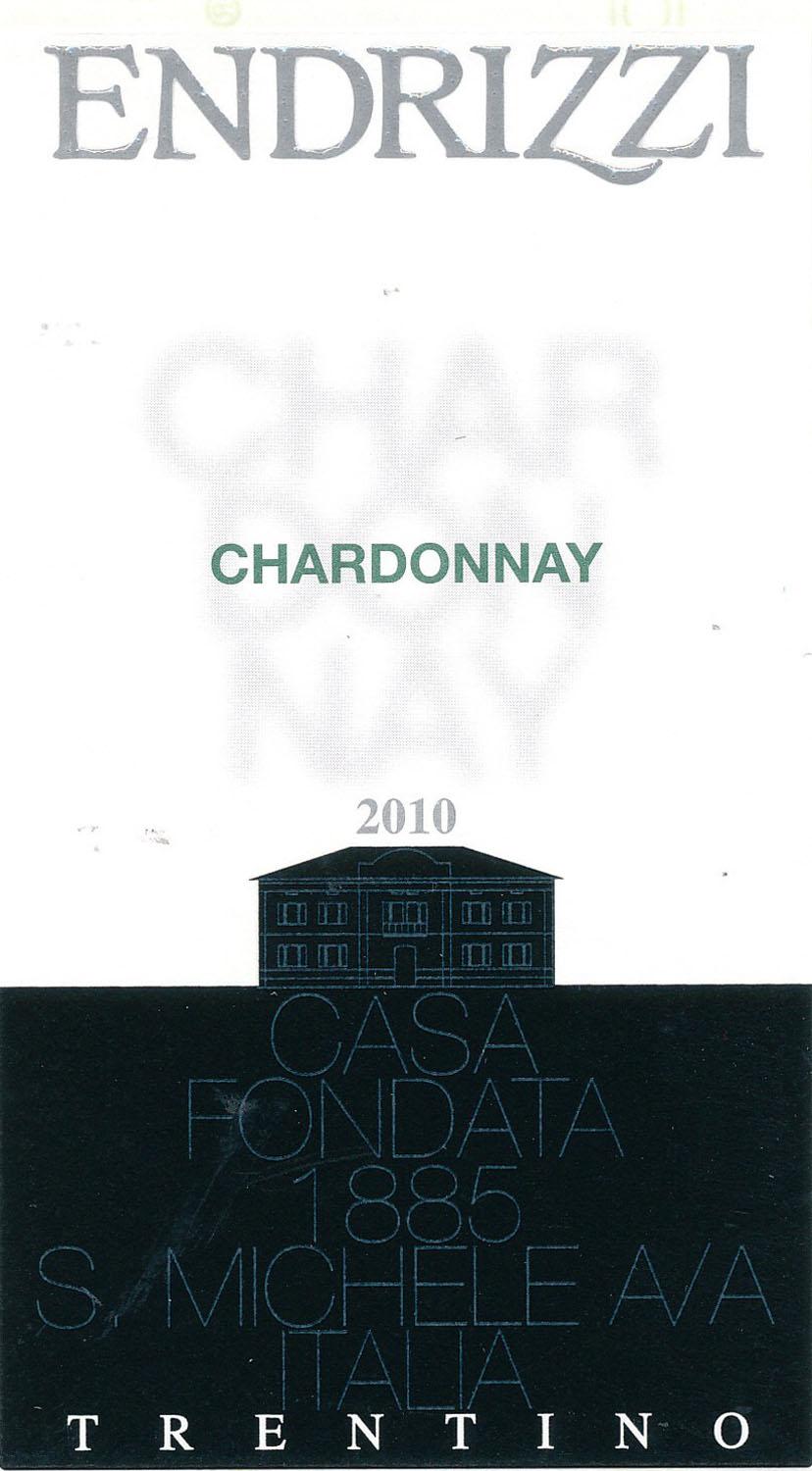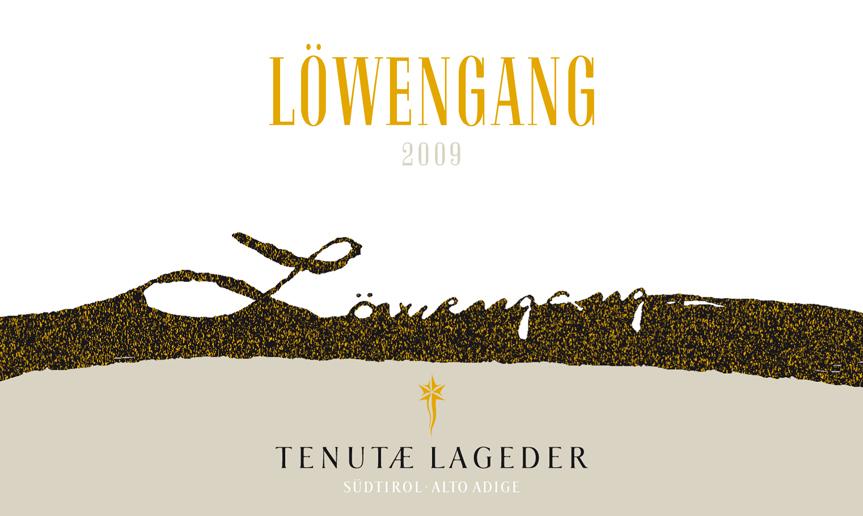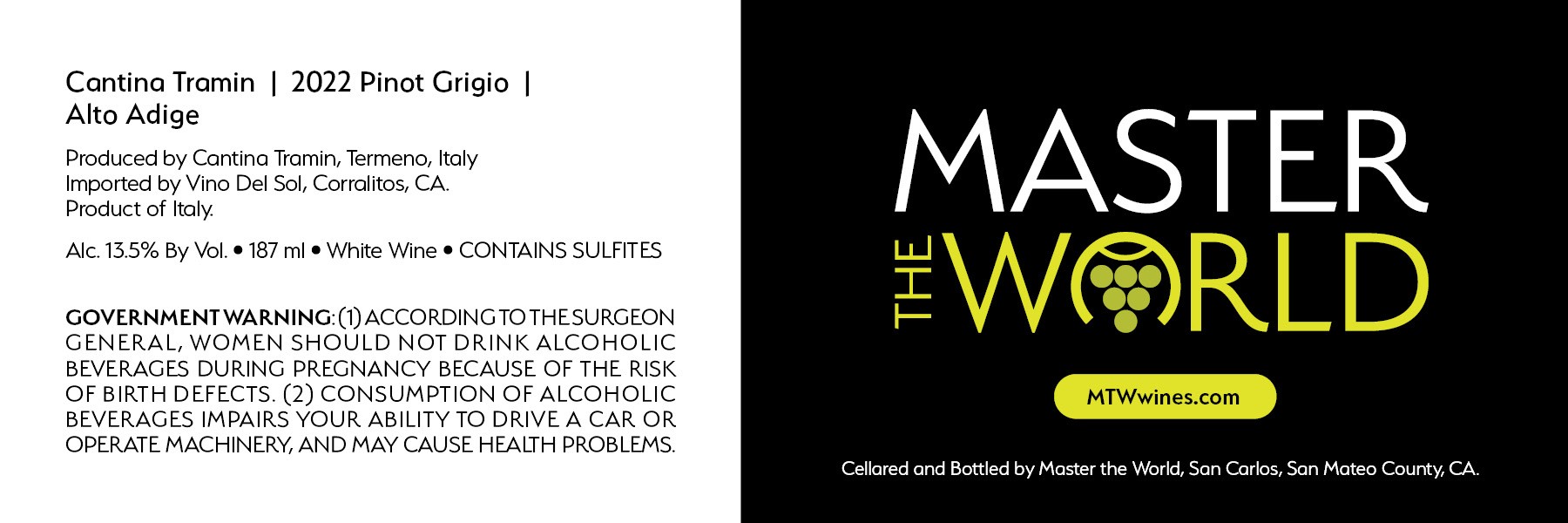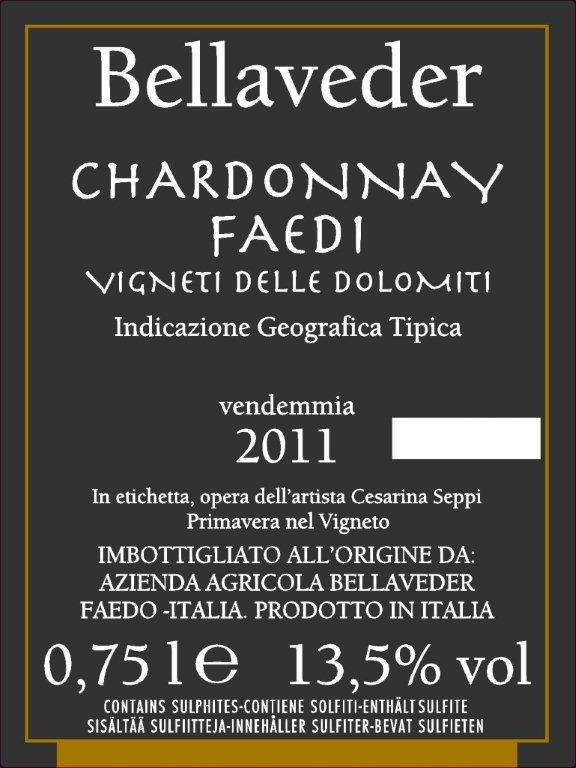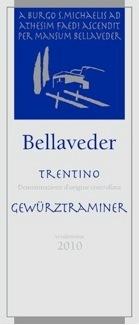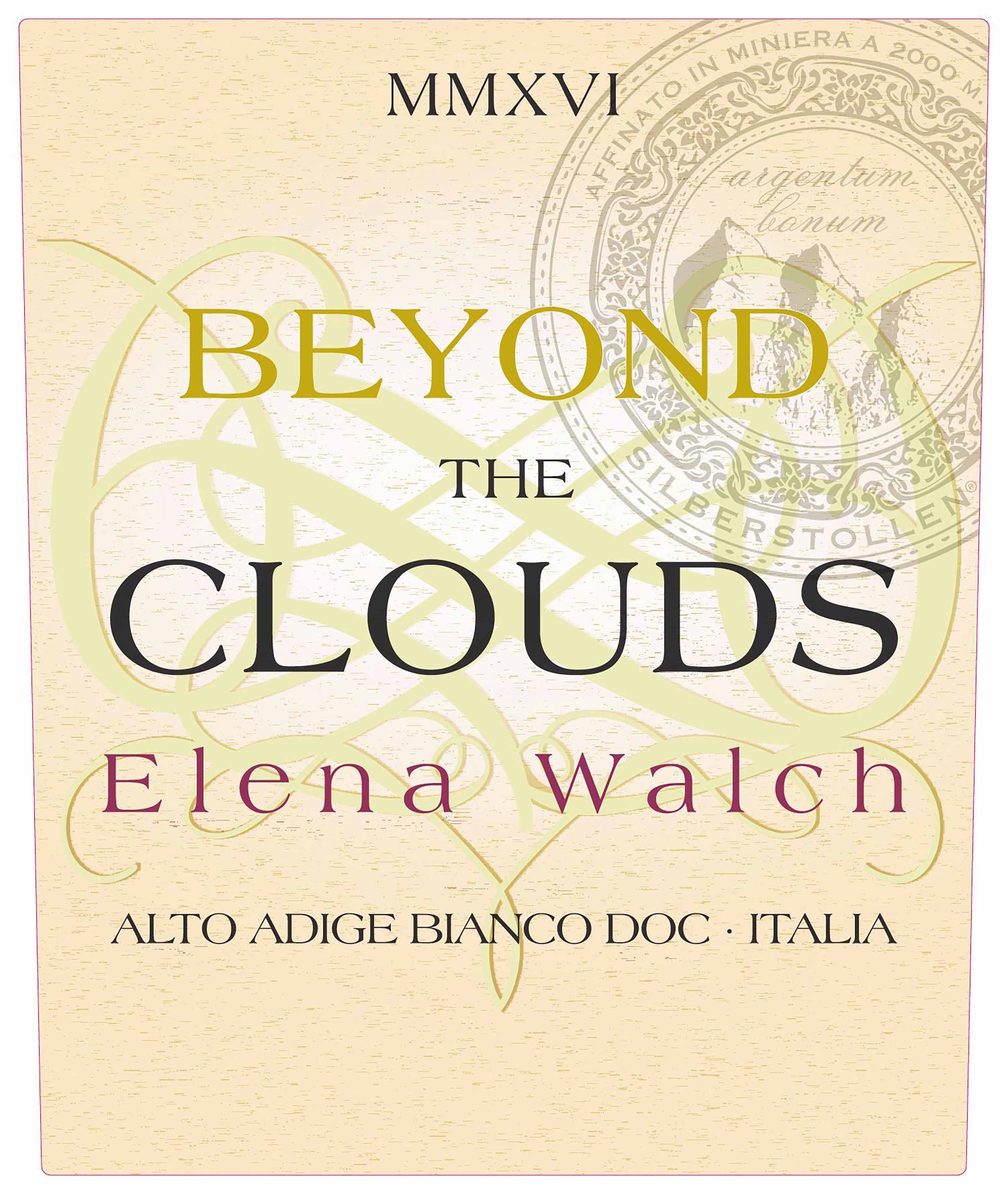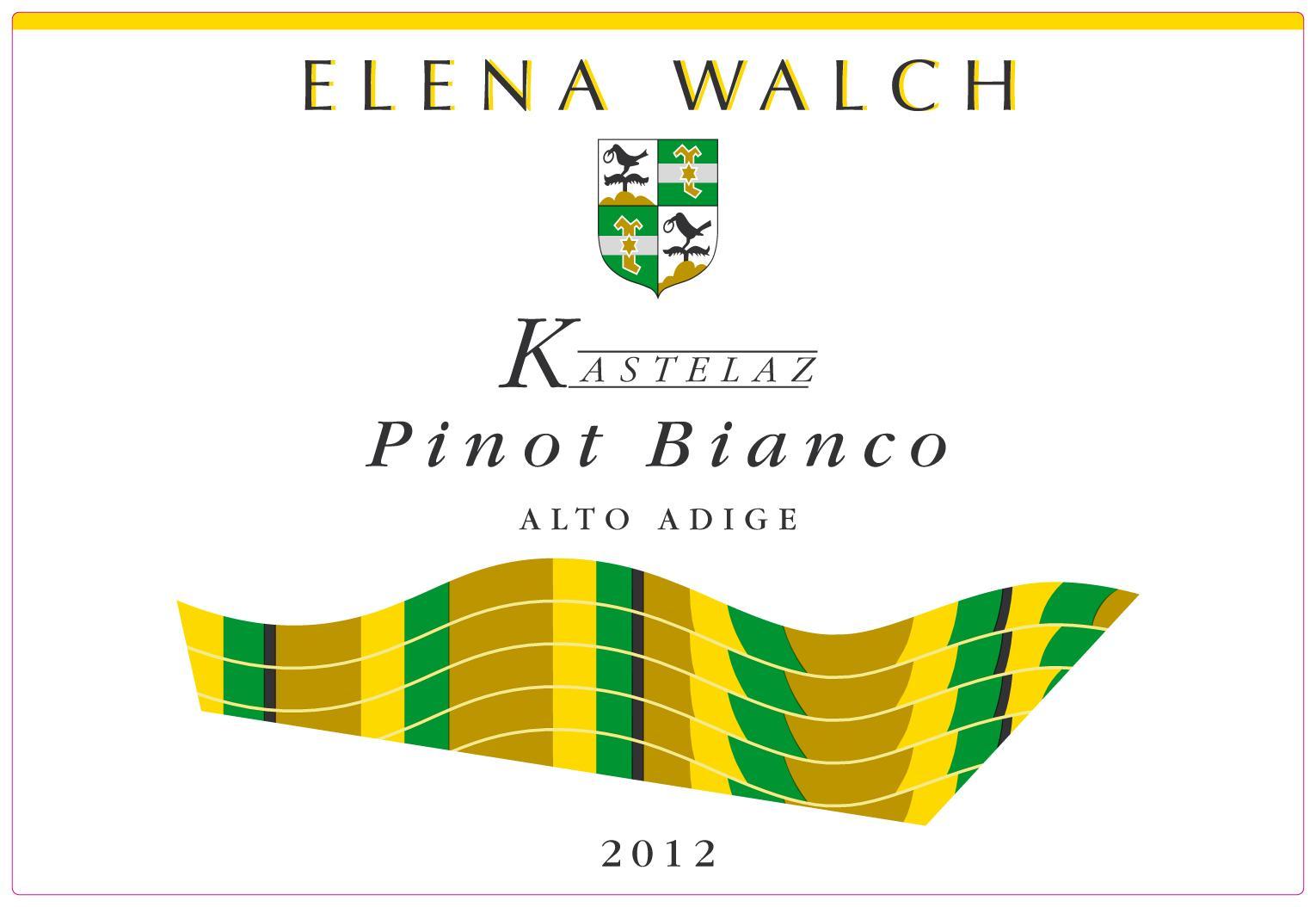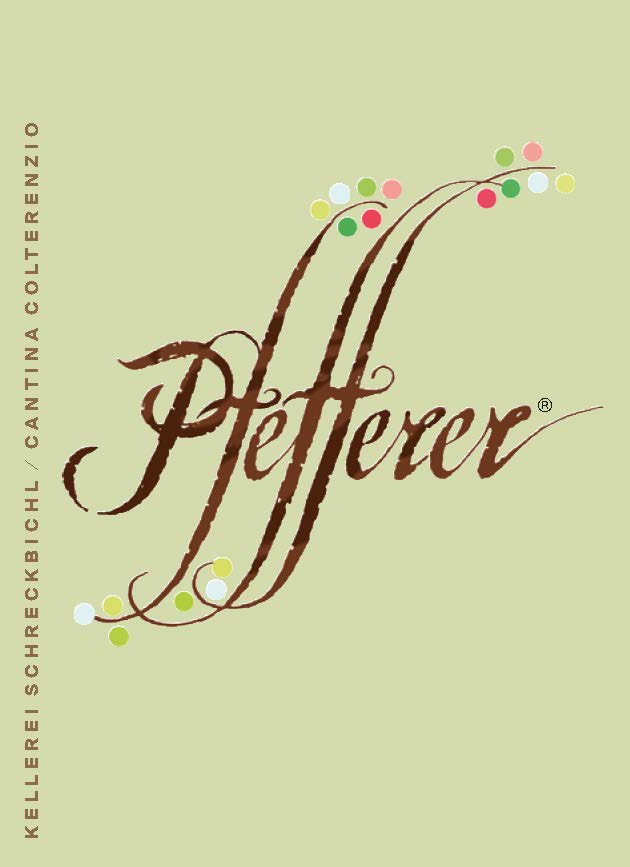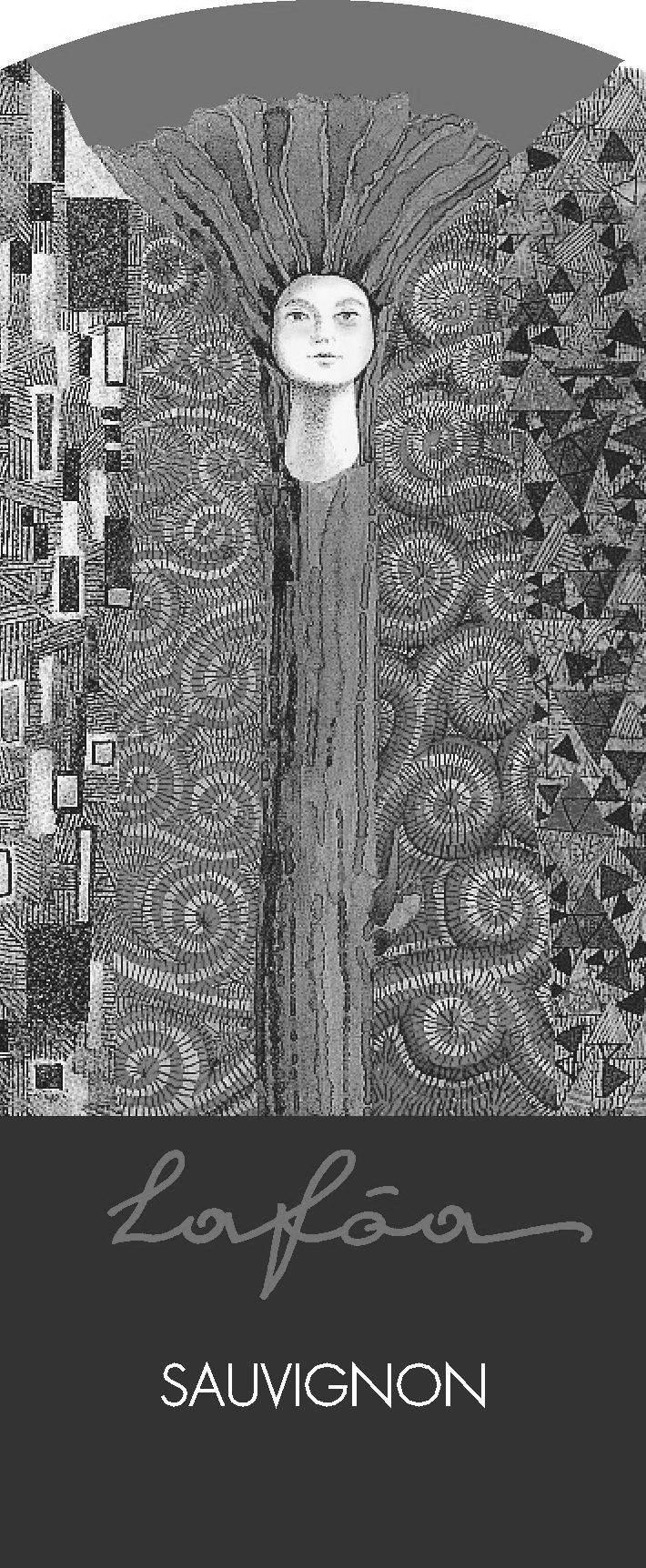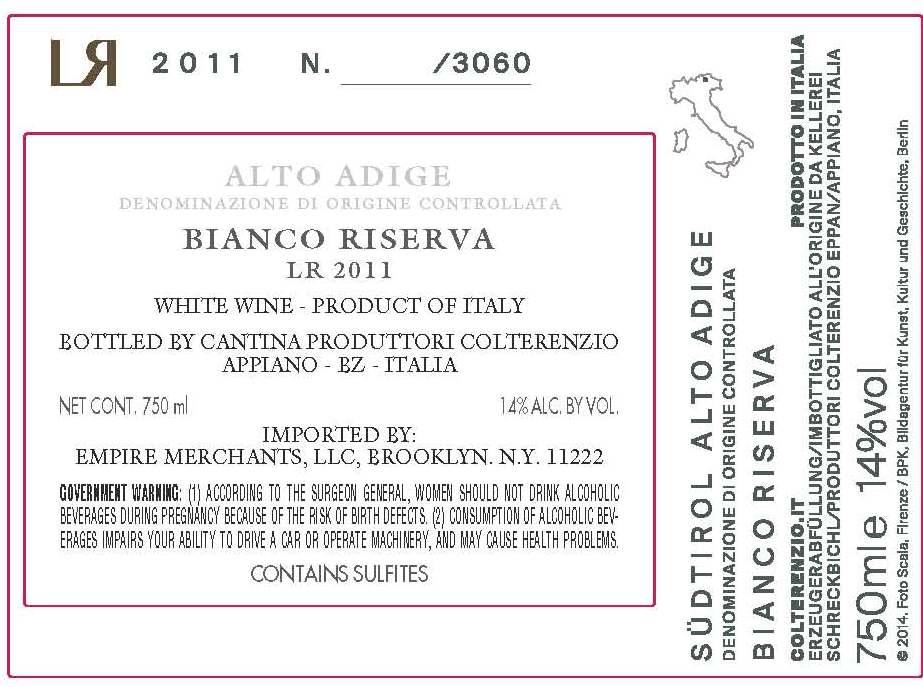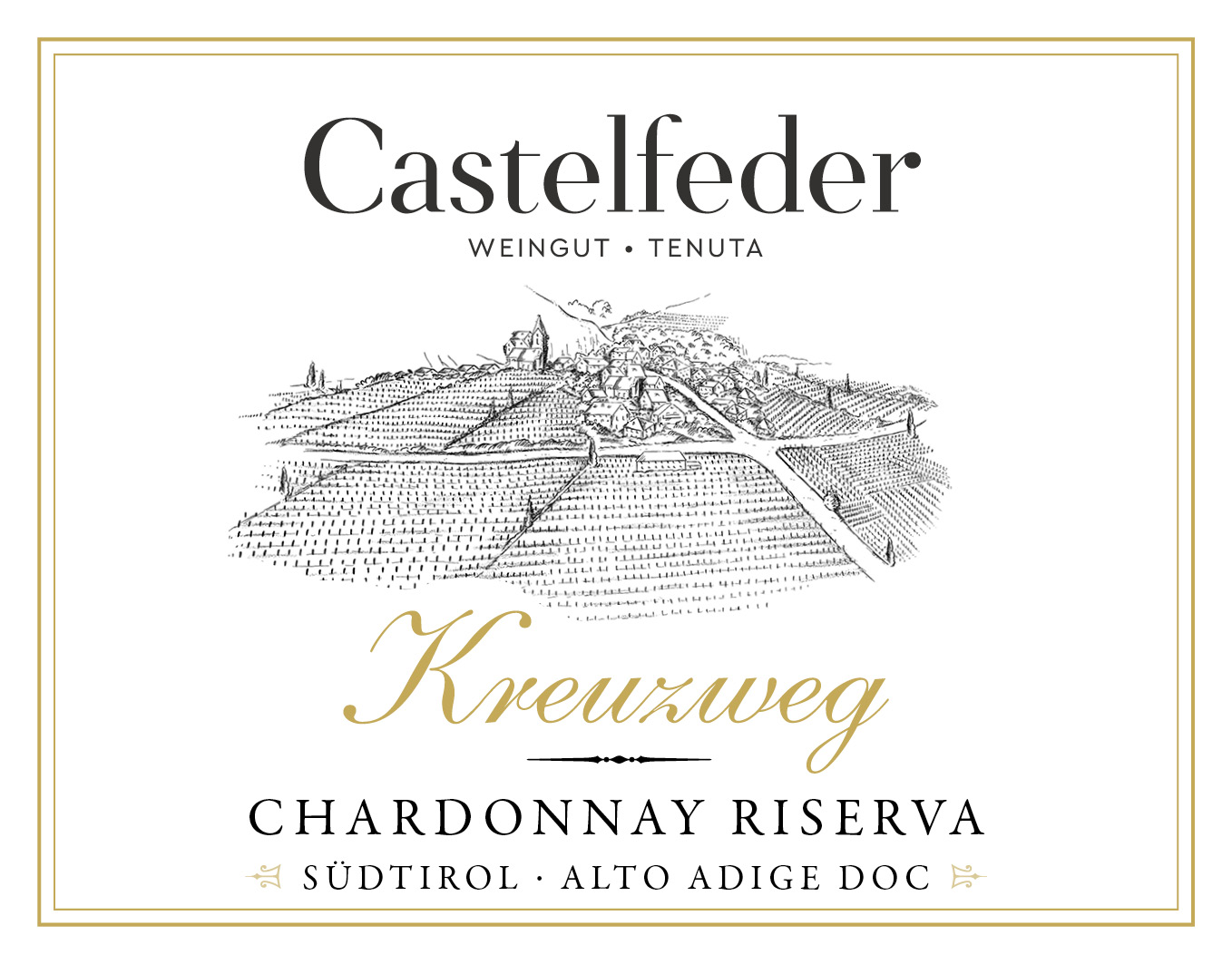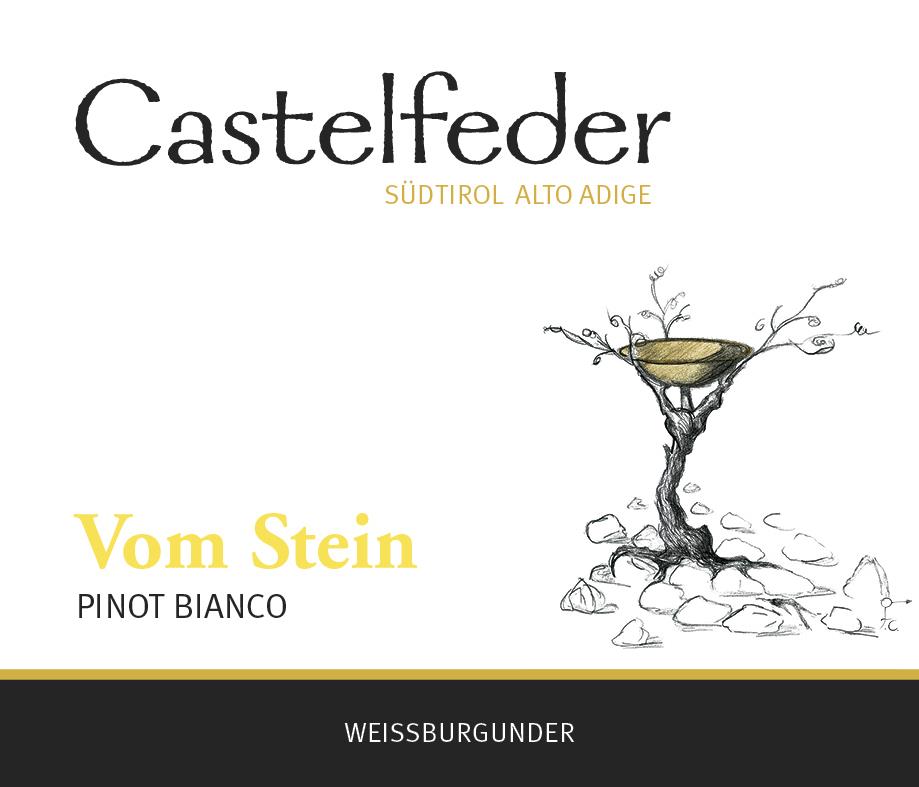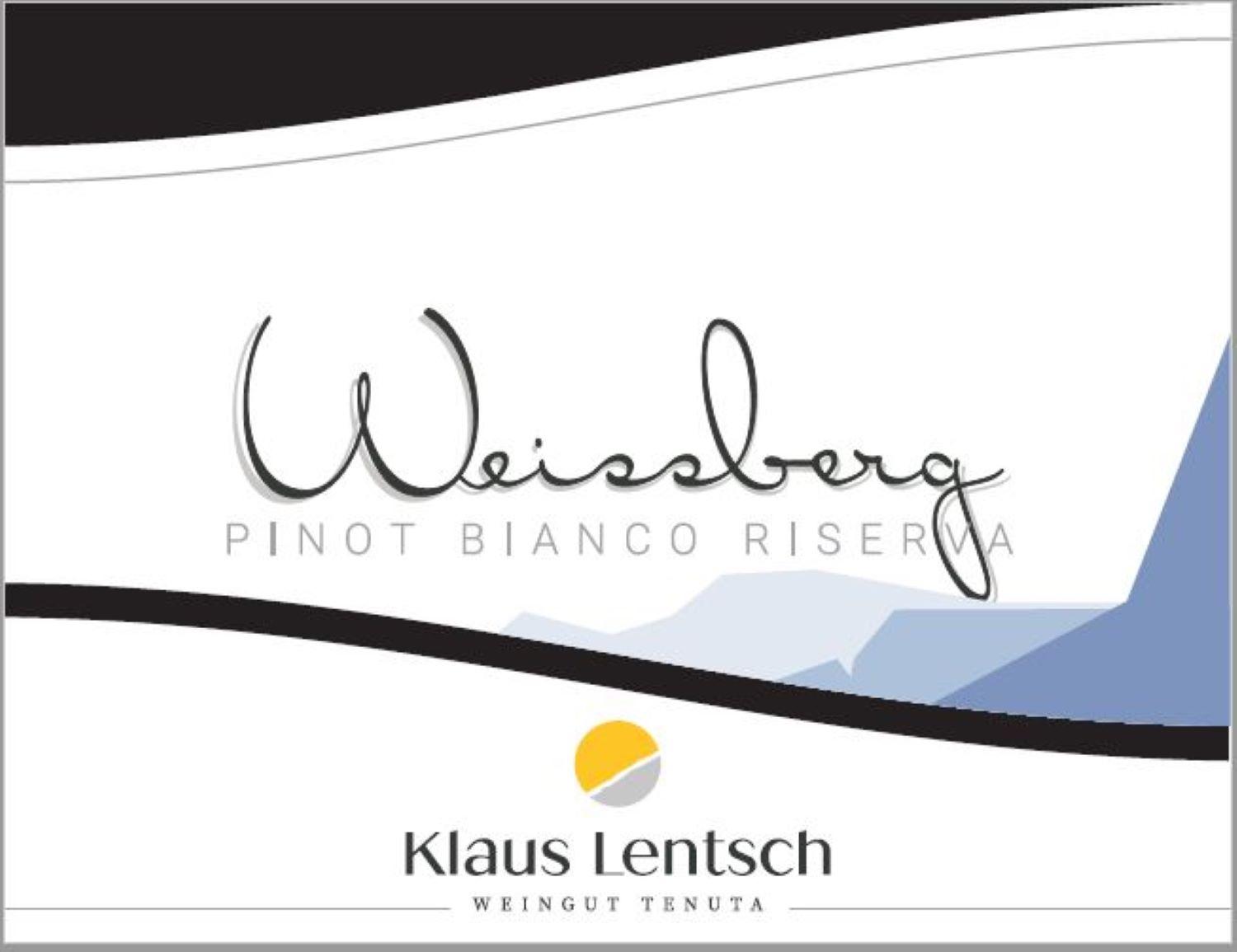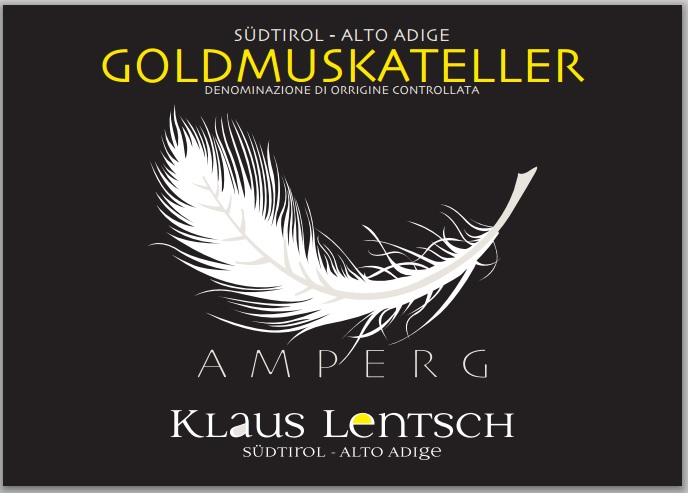Terroir of Trentino-Alto Adige
Trentino-Alto Adige enjoys a unique blend of Alpine and Mediterranean climates, thanks to its location at the meeting point of the Alps and the Mediterranean. The region benefits from the protective shield of the Alps to the north, blocking cold, rainy weather, while warm winds from the south, such as the Ora del Garda, provide warmth. This results in an Alpine-continental climate with sunny days and cool nights, perfect for maintaining grape acidity and aroma.
The diverse terroir, including volcanic porphyry, quartz-rich slate, and limestone, coupled with alluvial sands and gravels, contributes to a rich tapestry of soils. High-altitude vineyards, reaching up to 1,000 meters, offer cool nights that enhance the finesse and aroma of local wines. This combination of climate and terroir allows a wide variety of grape varieties to thrive, producing wines that are both flavorful and balanced.
Notable Wineries in Trentino-Alto Adige
Trentino-Alto Adige, a region where Italian and Austrian traditions merge, boasts exceptional wineries that highlight its diverse terroir and climate.
Here are some noteworthy producers:
-
Ferrari Trento: Renowned for its méthode champenoise sparkling wines, crafted from mountain-grown Chardonnay.
-
Tenuta San Leonardo: Esteemed for its Bordeaux-style red blends that echo the elegance of top Médoc wines.
-
Foradori: Celebrated for reviving the Teroldego grape through biodynamic practices and amphora aging.
-
Alois Lageder: Known for its biodynamic approach, producing expressive wines that showcase terroir.
-
Cantina Terlano: Famous for age-worthy whites, particularly Pinot Bianco, from porphyry-rich slopes.
-
Elena Walch: A leading family estate producing top single-vineyard wines, enhancing the region’s global reputation.
Sustainable Winemaking in Trentino-Alto Adige
Trentino-Alto Adige champions sustainability in winemaking, with both Trentino and Alto Adige regions leading the charge. In Alto Adige, the Wine Agenda 2030 emphasizes eco-friendly practices such as soil health and biodiversity. These initiatives encourage organic farming and reduce carbon emissions, setting a path for a greener future.
Trentino, a pioneer in sustainable viticulture, showcases transparency through its Sustainability Report. Its commitment to the SQNPI certification underscores the use of natural pest management and reduced agrochemical reliance. The region's proactive measures since the late 1980s, like banning harmful chemicals, highlight its dedication to environmental care.
These practices ensure that Trentino-Alto Adige’s wines are not only delightful but also kind to the planet. The region’s winemakers prove that excellent wine production can harmonize with nature, making them leaders in sustainable winemaking in Italy.
Wine Tourism in Trentino-Alto Adige
Trentino-Alto Adige offers an exceptional wine tourism experience, blending stunning landscapes with cultural richness.
Visitors can explore the South Tyrolean Wine Road, Italy’s first wine route, which connects charming villages like Bolzano and Caldaro. This scenic path, ideal for biking or driving, is home to over 70 wineries. Highlights include tasting Schiava and Pinot Bianco at Cantina Kaltern or enjoying Gewürztraminer in Termeno.
The region also hosts events like the Merano WineFestival, showcasing top wines in a beautiful setting. Additionally, the Trentodoc Festival celebrates local sparkling wines with tastings and food pairings.
Agritourism is popular, with vineyard B&Bs offering immersive stays. Guests can hike in the Dolomites, ski in winter, and learn about sustainable winemaking practices.
Trentino-Alto Adige’s unique blend of Alpine and Mediterranean influences creates a rich tapestry of wine tourism activities that highlight its diverse terroir and climate.




